Sea shells: A new source of sustainable biomaterials

Over 7 million tons of mollusc shells are discarded by the seafood industry each year as unwanted waste, and the vast majority of these shells are either thrown in landfills or dumped at sea. Researchers are looking at environmentally and economically sustainable options for these biomaterials.
A Call for a Hippocratic Oath on Protecting the World’s Oceans

An international group of marine conservation experts called for the creation of a code of conduct called a Hippocratic Oath for marine conservation, to ensure that the rights of local people are not trampled as the number of marine protected areas grows worldwide.
UN Ocean Conference wraps up with actions to restore ocean health, protect marine life
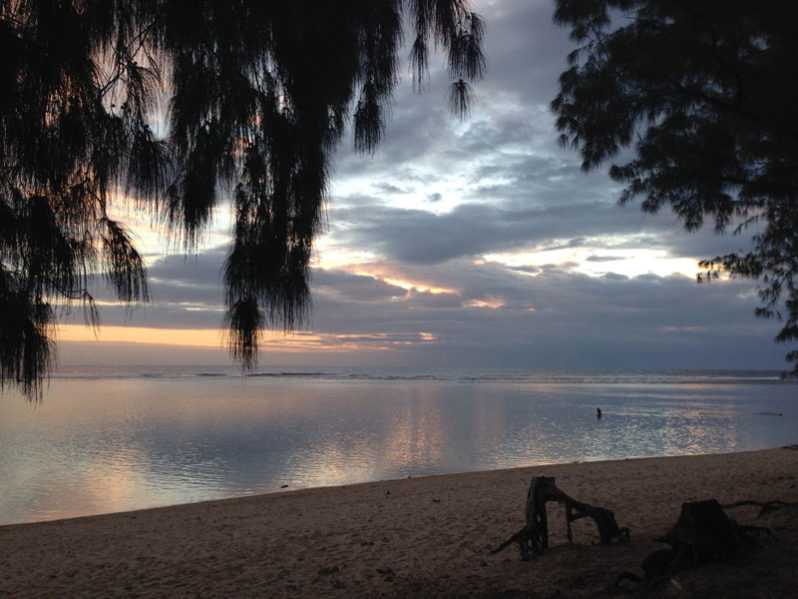
The first-ever United Nations summit on oceans, June 9th, wrapped up with a global agreement to reverse the decline of the ocean’s health, and more than 1,300 pledged actions for protecting the blue.
Gabon Sets Plan for Africa’s Largest Marine Reserve
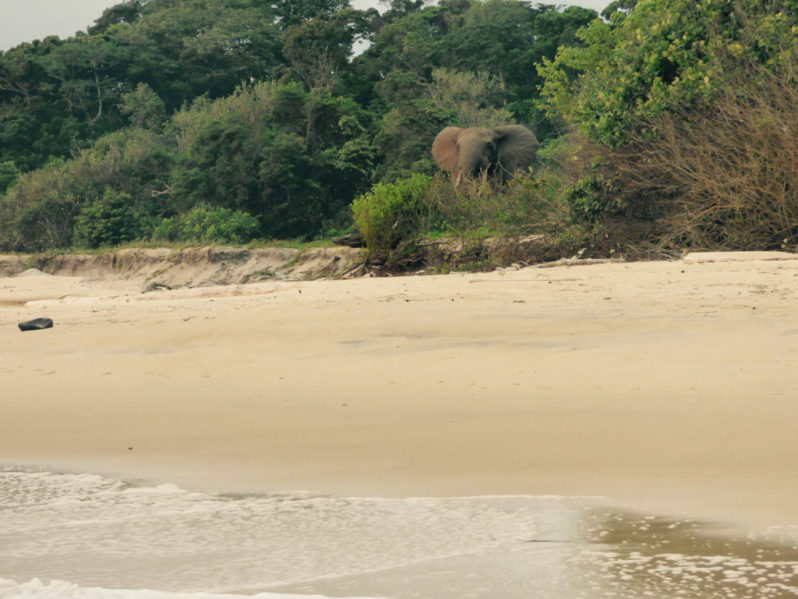
The African nation of Gabon has announced the creation of the continent’s largest network of marine protected areas, covering 20,500 square miles.
What caused the most toxic algal bloom ever observed in Monterey Bay?

In spring 2015, the West Coast of North America experienced one of the most toxic algal blooms on record. A new article shows that, at least in Monterey Bay, this bloom became particularly toxic because of an unusually low ratio of silicate to nitrate in the waters of the bay.
Unique Sandbar Coastal Ecosystem in Cuba Calls for Climate Solutions
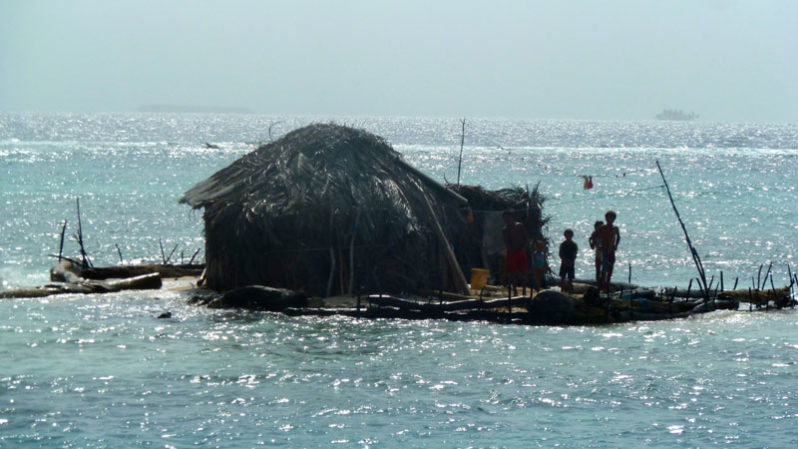
Just 13 wooden houses with lightweight roofs shield the few families that still live on one of the six coastal sandbars exclusive to Baracoa, a mountainous coastal municipality with striking nature reserves. These long and narrow sandbars between the river mouths and the sea have a name from the language of the Araucan people, the native people who once populated Cuba.
Domino Effect: The Myriad Impacts of Warming on an East Coast Estuary
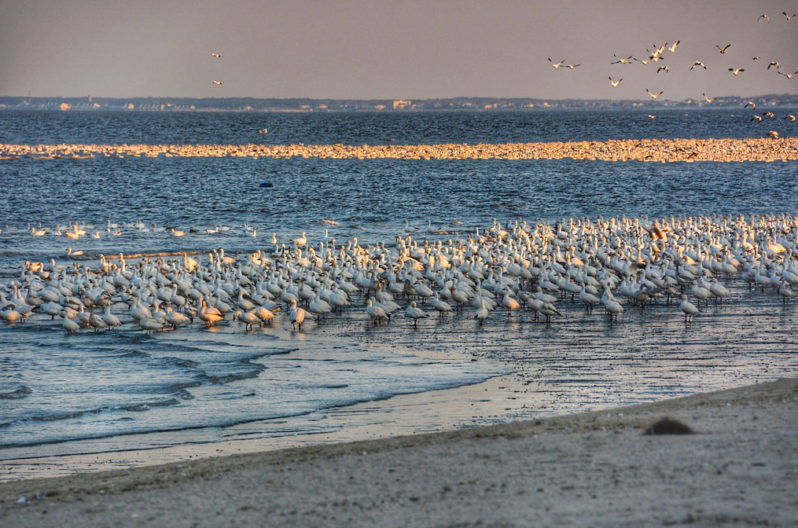
Delaware Bay provides a case study in how warming oceans, more severe storms, and sea-level rise are impacting estuaries around the world. The effects — from loss of wetlands to steep declines in shorebird populations — cascade throughout the ecosystem.
Rewilding Santa Monica’s thoroughly artificial beach

In the early 1900s, L.A. County beaches were not yet the tourist destination they would one day become. To draw more tourists, local municipalities wanted the beaches of the Santa Monica Bay to mimic those on the nation’s opposite coast: bigger, flatter, wider. Beach managers decided then, to bend the area’s geology, making Southern California beaches take on a more Floridian aesthetic. It was built by moving sand from one place and dumping it into another, turning the tourist-friendly beach into an ecological wasteland.
Affluent countries contribute less to wildlife conservation than the rest of the world
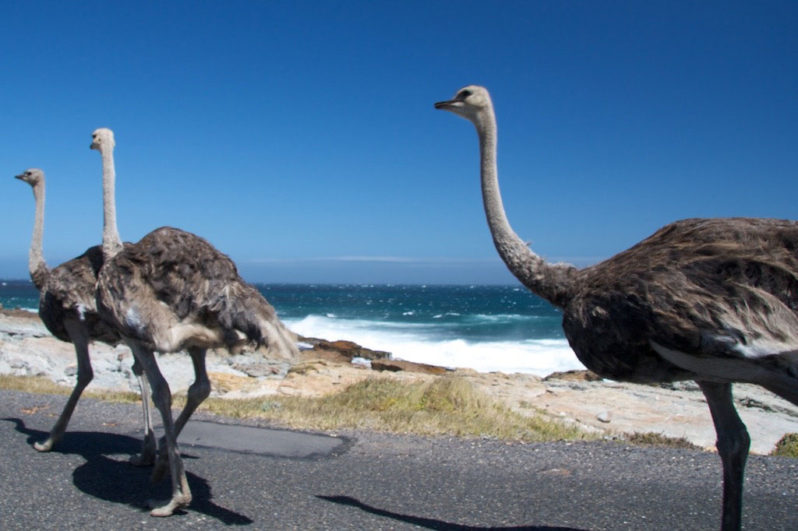
A new research collaboration has found that, despite facing a number of domestic challenges, such as poverty and political instability in many parts of the continent, Africa was found to prioritise wildlife preservation, and contribute more to conservation than any other region of the world. African countries made up four of the five top-performing mega-fauna conservation nations…
